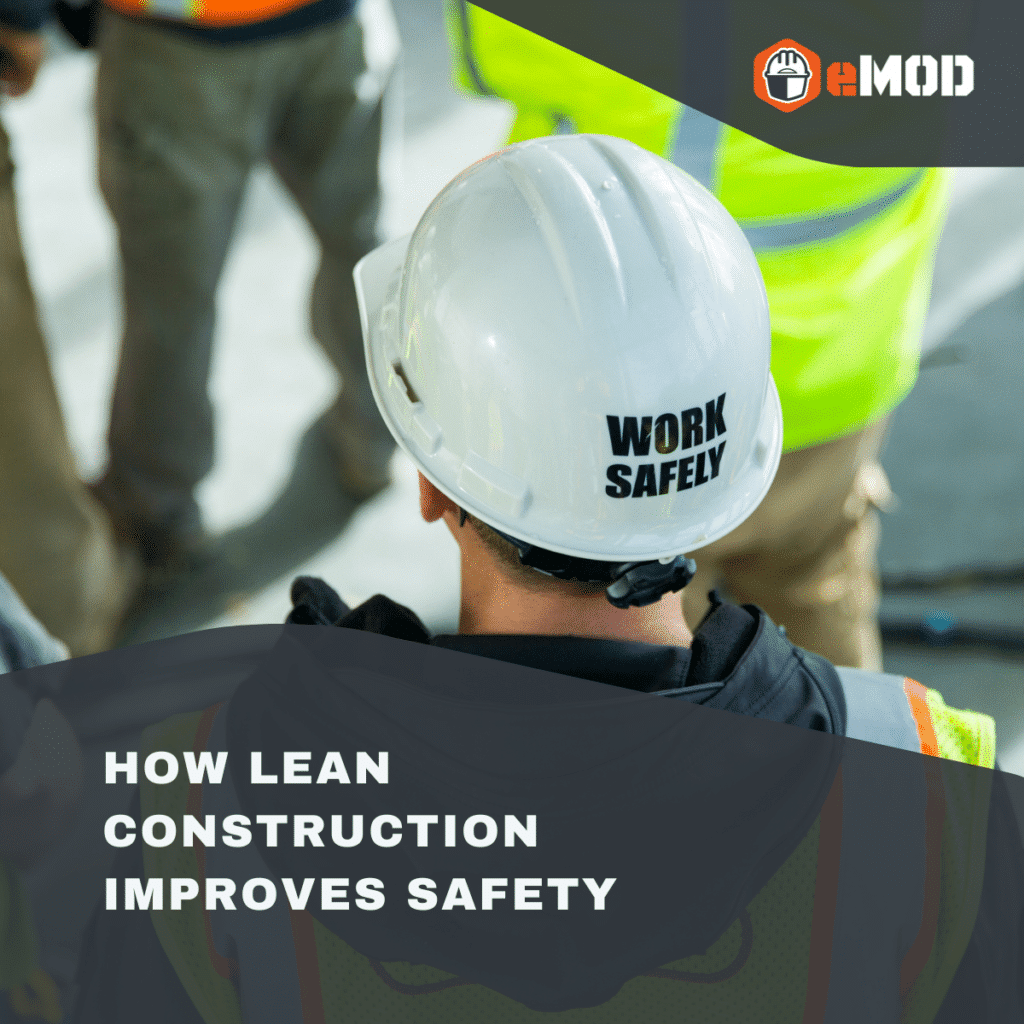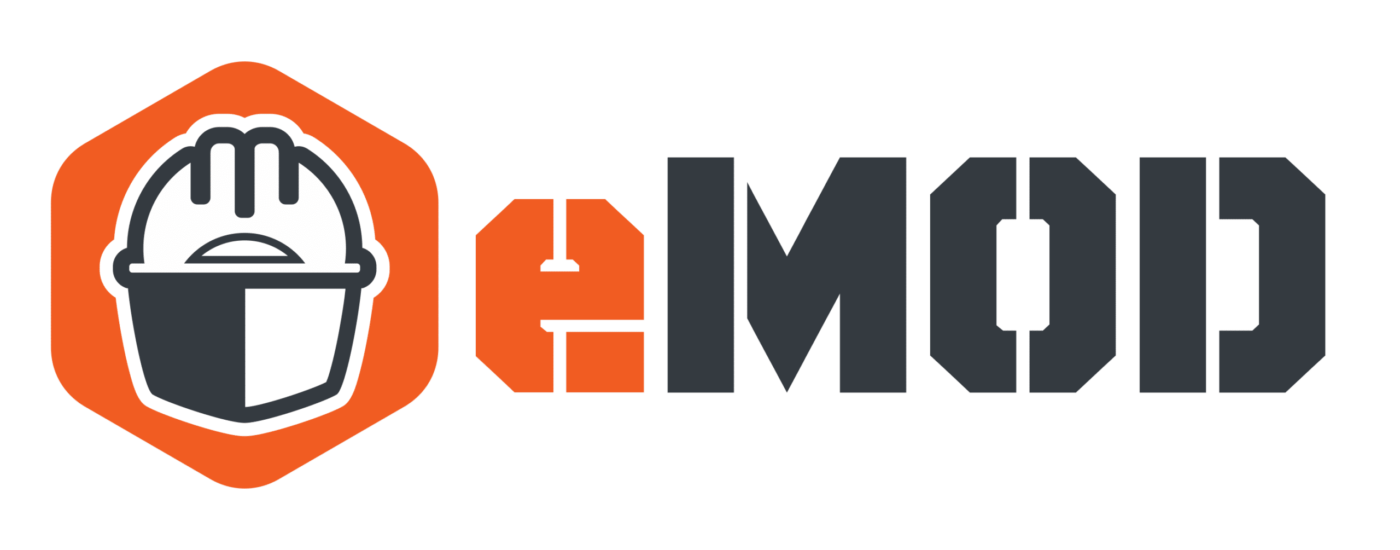
By Steve Long
The topic of “lean construction” comes up often these days. And while our industry leaders have varying definitions for it, the objective of applying lean construction is almost always rooted in respect for people.
To honor this fundamental mindset, we listen to and collaborate with everyone on the team, and deploy lean methodologies and tools that bring order and process to a job site — and help us continuously improve how we do our work. By improving how we work, we can improve the quality of our work — and increase our efficiency.
The focus on efficiency makes sense. After all, our industry has borrowed many of our lean practices from lean manufacturing, which evolved from Toyota’s innovative “just-in-time” automobile production process in the mid-1900s.
However, there’s another enormous benefit of lean construction: safety. It turns out, many of the lean construction tools we use inherently promote the safety of our workers — a great thing considering we work in one of the world’s most dangerous professions.
In fact, the eMOD safety app was born out of our own lean journey at Dome Construction. We wanted to build a more efficient system for executing safety planning — one that would help us continuously learn about and improve our safety.
In this post, I’ll share five ways that lean construction can improve safety — starting with having a lean mindset.
1. A lean mindset establishes a culture of open communication
There are several tools and tangible practices that construction professionals can use to promote lean practices and facilitate lean processes. However, lean construction is more of a mindset — one that prioritizes open communication and puts the safety and well-being of our people first.
From the back office to the field, our team at Dome works hard to create and rigorously maintain a culture of open communication. At all levels, we are inquisitive and emphasize active listening. As for management, it’s not just a matter of saying we have an “open-door policy” — because lip service isn’t enough. We need to prove open communication through daily practice.
2. Lean construction empowers experts at all levels
To help maximize the efficiency of a team on a given project, leaders need a comprehensive understanding of what’s happening in the field from the experts: the trade workers. Lean philosophy flips the old-school top-down management approach — instead, it puts much of the decision-making in the hands of those doing the work. That includes when it comes to doing their work safely.
After all, who knows better the risks of installing electrical systems than the electrician, or the perils of lifting ductwork than the sheet metal installer?
As Dome superintendent Skip Michaud recently told me, “Everyone on the site has the power to make their work safer. As we say, ‘See something? Say something.’”
And with open lines of communication at all levels — and a much more complete picture of what’s happening on a job site — leaders can more effectively guide a project to successful (and efficient) completion.
3. Using lean construction tools inherently put safety first
While lean only sustains itself in an organization when lean thinking becomes part of the culture, lean tools are a necessary means to an end. Every tool promotes the central tenets of respect for people, identifies and removes waste, and drives continuous improvement.
As it turns out, while safety may not be the primary motivation for using these tools, they result in better safety practices. For example, we apply the 5S methodology on our construction sites. 5S is a way to promote order and efficiency on the job site. It stands for:
- Sort — Clearly distinguish needed items from unnecessary items and remove the waste.
- Straighten — Put necessary items in the correct place to allow for easy access.
- Shine — Scan the job site with your eyes. Make sure everything is clean and in good working order.
- Standardize — Set up guidelines and processes in which everyone on a job participates, with information available and transparent to all.
- Sustain — Make lean (and 5S) a habit. It may be easy to sort, simplify, and sweep on day 1 of a job. But it’s just as important to have the same methodical approach on day 100 — and it requires discipline and commitment from everyone.
With 5S, our sites are clean, well-organized, and efficient. That order also improves the safety of our sites. With equipment that’s in the right place, tools that are in good working condition, and unnecessary waste out of the way, there’s less opportunity for hazards — and fewer accidents.
4. Lean planning processes promote transparency
Accidents, almost by definition, catch us by surprise. The more we know, the fewer surprises. And with fewer surprises comes a safer work environment.
A staple of lean construction is our planning process which emphasizes accountability and transparency. We start with preconstruction, where, as Southland Industries’ Henry Nutt explained on our blog, “It’s so important to have the right people involved early so we can make informed decisions.” Getting upfront input from a variety of stakeholders during preconstruction — and the project kickoff that follows — lays the foundation for transparency throughout the project.
To ensure we are executing on our plan, we deploy another lean methodology, PDCA — Plan, Do, Check, and Adjust. In short, we define the plan for each unique project, execute on it, measure our effectiveness, then make changes as we learn. And this helps us continuously improve. The rigorous planning — supported by daily check-ins we call “huddles” — means that all the key players in a project know what’s going on and when. Everyone commits to performing tasks at specific times, in specific places on the job site, using specific materials and tools. There are no surprises. And with no surprises, there are fewer accidents.
As Skip told me, “To be safe, everyone has to be on the same page.”
5. Lean practices help people feel psychologically safe
There’s a lot more to construction safety than just addressing the physical hazards and risks on a job site. At Dome Construction, we also work hard to promote the psychological safety of our workers. And our lean construction methodology helps get us there.
On the surface, this means fostering an environment that promotes diversity and inclusion — while having zero tolerance for discriminatory behavior and harassment of any kind. Digging deeper, enabling a psychologically safe work environment also means helping our team members to feel confident and comfortable in their work. That includes supporting the mental health of our teams.
If someone is having a rough day, we’re much more likely to be in a position to help in a truly open and lean culture — whether that means reaching out to someone who appears troubled, or providing a safe space for people to step forward and ask for help.
Feeling psychologically safe is so important — for the sake of our own safety, and also for the health of the team and project. As our own Kaitlin Frank recently wrote, “When we’re worried, uneasy, or distracted, our work will suffer. And when it comes to safety in one of the most dangerous professions — construction — being just a little ‘off’ puts us in harm’s way.”
About eMOD
Founded in 2017, eMOD is a team of experienced commercial construction superintendents, project managers, and safety officers from San Francisco-based general contractor. Safety is more than our passion; we’ve built a company and a product dedicated to making our industry safer. The eMOD Safety App is designed for the next generation of construction owners, insurance companies, general contractors, and trade partners. We not only built the app, we use it every day. Contact us to set up a demo today.
Steve Long is Dome Construction’s director of innovation and learning.

